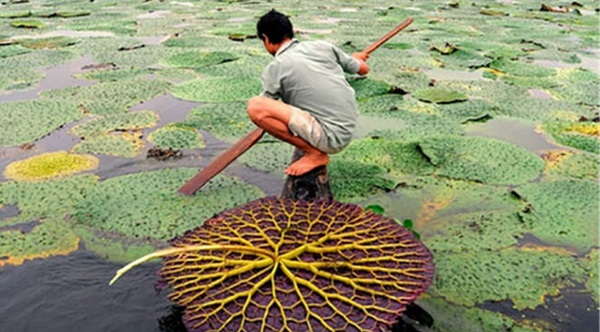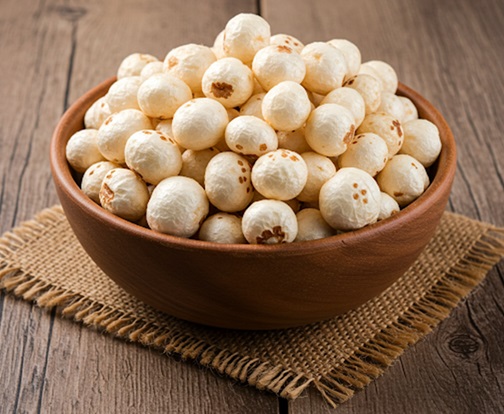Reference:
In the Budget 2025-26, Finance Minister Sitharaman has announced the formation of 'Makhana Board' in Bihar. Due to this, the word Makhananomics is in discussion.

What is Makhananomics?
- Makhananomics refers to the economy related to Makhana, which includes economic activities related to Makhana production, processing, value addition and marketing.
- According to a research estimate, the current market of Makhana in India is around Rs 8 billion.
- According to a report by market research company IMARC, by the year 2032, its market will be around Rs 19 billion.
- The total cultivation of Makhana in India is done in an area of about 35,000 hectares.
- The maximum area is about 15,000 hectares in Bihar.
- Other states: West Bengal, Manipur, Tripura, Assam, Jammu and Kashmir, Odisha, Rajasthan, Madhya Pradesh, Uttar Pradesh.
Establishment of Makhana Board in Bihar:
- The Finance Minister has announced the establishment of a Makhana Board in Bihar to improve Makhana production, processing, value addition and marketing in Budget 2025-26.
- Bihar has about 90% share in India's Makhana production.
- In the year 2022, Mithila Makhana was given the status of Geographical Indicator (GI Tag).
- Makhana is exported from here to countries like America, Australia, France, Japan, England etc.
Need for setting up Makhana Board:
- Low productivity
- Lack of processing infrastructure
- Export related barriers
- Absence of organized marketing chain
- Lack of awareness among farmers
- Inability to take advantage of growing demand in domestic and international markets
- Increase in overall input cost due to extremely difficult and labor-intensive process
Benefits of setting up Makhana Board:
- Increase in the development of Makhana industry in the entire country including Bihar
- Increase in Makhana production and marketing
- Training to Makhana farmers for contributing to Makhana production and promotion
- Promotion of Makhana products at international level
- Skill training and employment opportunities to youth
- Increase in demand and access to Makhana related products to the public
Makhana Industry in Bihar:
- Various districts of Bihar, such as Madhubani, Darbhanga, Purnia, Katihar, Saharsa, Madhepura, Supaul, Araria, Sitamarhi and Makhana is cultivated on a large scale in Kishanganj.
- The highest production of Makhana in the state is in Saharsa district.
- Every year 50-60 thousand tons of Makhana seeds are produced in Bihar.
- The turnover of Makhana industry in Bihar is around Rs 3000 crore and globally the turnover of this industry has reached around Rs 5000 crore.
- 25000 farmers of Bihar are involved in Makhana cultivation.
Suggestions for improvement in the Makhana industry:
- Effective implementation of financial and infrastructure schemes
- Timely establishment of processing and marketing support systems
- Coordination between the Central and State Governments
- Promotion of private sector participation
- Training and awareness campaigns
About Makhana:

- Makhana (Fox Nut) is the dried edible seed of the thorny water lily or gorgon plant (Euryle ferox), a species that grows in freshwater ponds in South and East Asia.
- The plant has purple and white flowers and large, round and thorny leaves.
- Plants often grow more than a meter wide.
Importance of Makhana:
- Offered to deities on festivals and consumed on fasting days
- Rich in antioxidants and protein
- Good source of calcium, iron, magnesium and phosphorus
- 100 grams of Makhana contains about 347 calories. It contains 9.7 grams of protein, 14.5 grams of fiber and 76.9 grams of carbohydrates.
- Makhana is gluten free.
- Consumption of Makhana is also helpful in controlling blood sugar level, which makes it an ideal option for diabetes patients.
Cultivation of Makhana:
- Makhana is an aquatic crop which is grown in waterlogged land.
- Its nursery is planted in the month of November.
- It is transplanted in February and March.
- For a good crop, there should always be three to four feet of water in the field.
- Flowers start blooming in Makhana plants after five months of transplantation.
- It is harvested in October-November.



